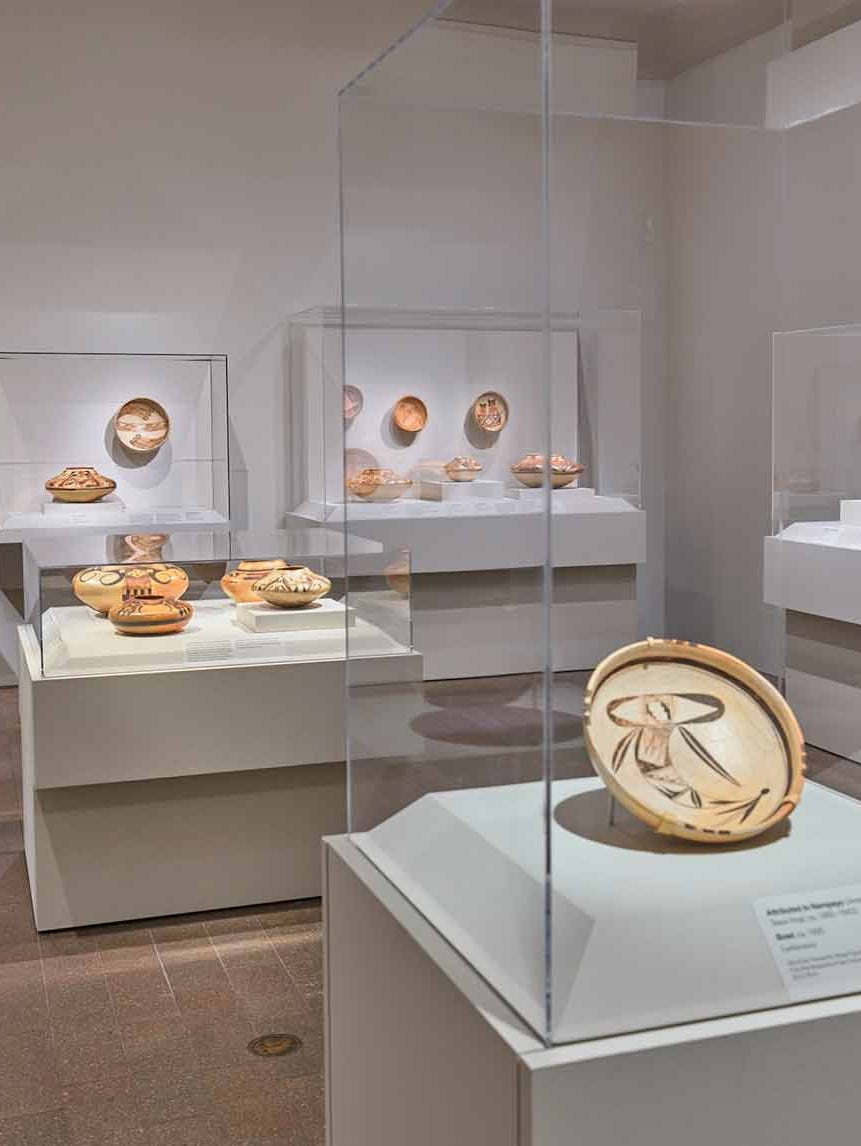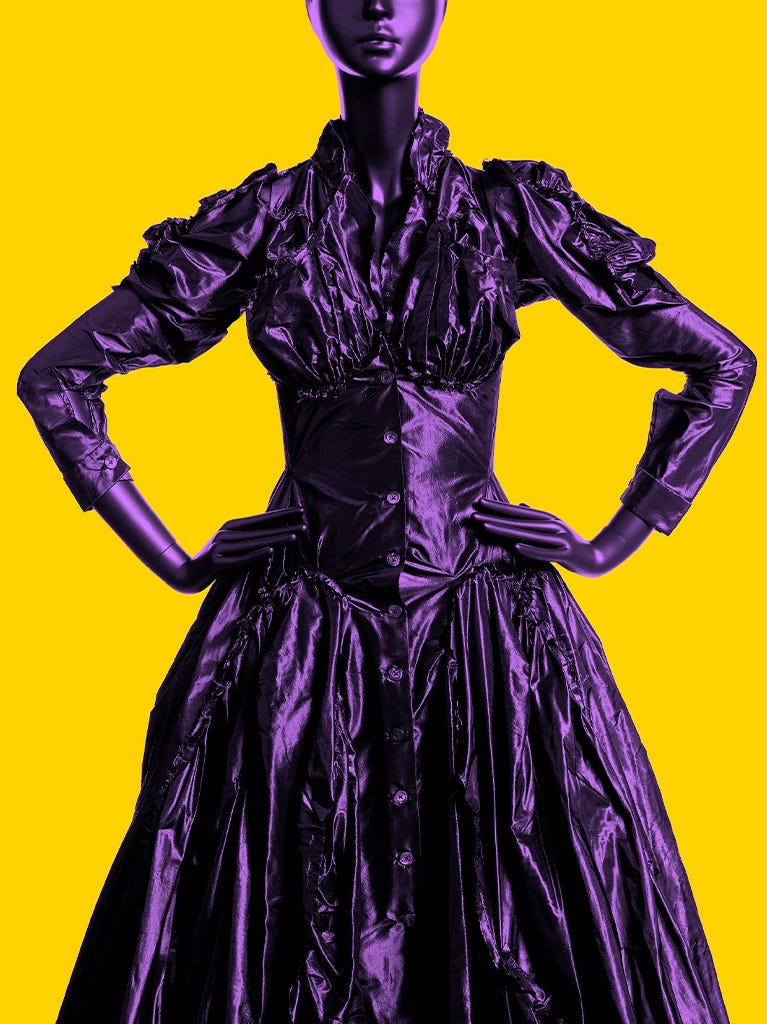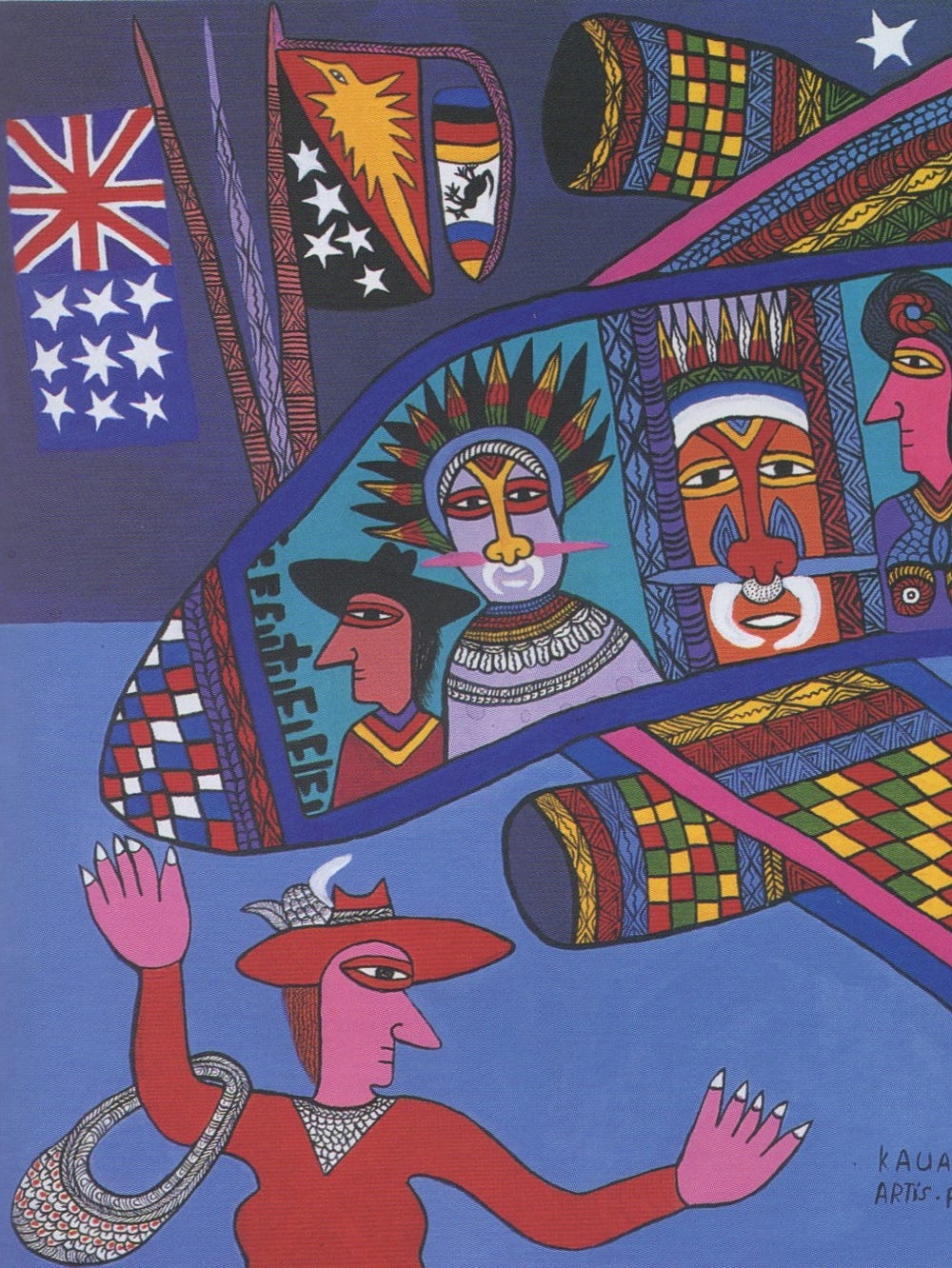Japanesque: The Japanese Print in the Era of Impressionism
Jump to
The Japanese Print in the Era of Impressionism introduces audiences to the development of the Japanese print over two centuries (1700 – 1900) and reveals its profound influence on Western art during the era of Impressionism. This exhibition complements the de Young museum’s presentations of paintings from the Musée d’Orsay, many of which are aesthetically indebted to concepts of Japanese art. Culled primarily from the holdings of the Achenbach Foundation for Graphic Arts, the exhibition of approximately 250 prints, drawings, and artists’ books unfolds in three sections: Evolution, Essence, and Influence.
Evolution
Evolution presents a chronological development of the Japanese print in Edo (present-day Tokyo), beginning with early black-and-white woodcuts and handcolored woodcuts. They are followed by delicate three- and four-color prints by early masters of ukiyo-e such as Suzuki Harunobu and Kitagawa Utamaro that feature the courtesans and beauties of the “floating world.” Landscape prints from the 1830s by Katsushika Hokusai and Andō Hiroshige are shown as examples of that important Japanese genre.
Essence
The Essence section features the Japanese aesthetic in print, and particularly highlights those subjects and compositional concepts that Western artists admired and imitated. Iconic images such as Hokusai’s The Great Wave and Fuji above the Lightning from the series 36 Views of Mount Fuji (1831 – 1834) are shown here, as well as Hiroshige’s Plum Orchard from his famous series One Hundred Famous Views of Edo (1857).
Influence
A large group of works by European and American artists of the Impressionist and Post-Impressionist eras who were influenced by the Japanese print includes prints and drawings by Mary Cassatt, Edgar Degas, Edouard Manet, Henri de Toulouse-Lautrec, Vincent van Gogh, and James Abbott McNeill Whistler. The artists collected Japanese prints and often produced their own graphic work that, in composition, color, and imagery borrowed directly from the Japanese aesthetic. Henri Rivière’s homage to Hokusai Thirty-Six Views of the Eiffel Tower (1902) is featured, as well as the work of American artists such as Arthur Wesley Dow and Helen Hyde, who traveled to Japan to enhance their knowledge of the Japanese color woodcut.


